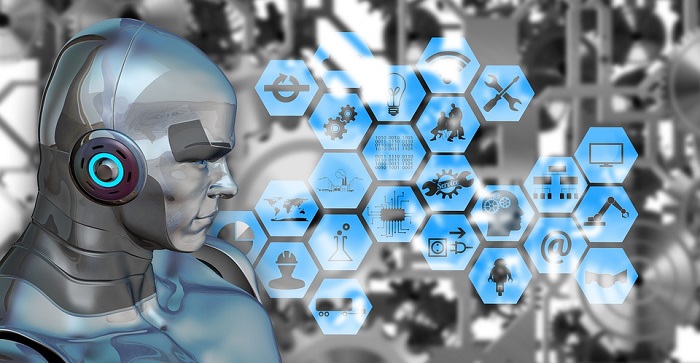The Internet of Things refers to the interconnection of micro-computing systems embedded in devices and physical objects and enables these devices to exchange data without human intervention, thereby increasing the integration of the real world into computing devices Opportunity.


We now see connected devices almost everywhere—in our homes, in our offices, on the road. IoT technology also creates amazing integrations with other technologies, such as artificial intelligence. It is predicted that by 2020, 95% of new electronic products will be equipped with IoT technology.
As the Internet of Things continues to grow in importance, it will require new technologies and disciplines that will have widespread impacts on businesses, organizations, and society at large.
Here are 10 of the most compelling IoT innovations:
1. Wide area IoT network
A wide area network is the expansion of telecommunications and Internet networks over a large geographical area. In the future, emerging WAN standards may dominate IoT connectivity. WAN designs with wireless connectivity are possible through low-power WAN, satellite or cellular connections.
2. Close range IoT network
Short-range wireless networks, including Wi-Fi and Bluetooth, are currently used to connect IoT devices and will continue to dominate the field in the coming years. When understanding and considering short-range IoT networks, power consumption, cost, and network connectivity are of paramount importance.
3. Internet of Things standards
Internet standards refer to technical specifications regarding Internet-related technologies and methodologies and are useful in some or all parts of the Internet. While IoT standards are still developing, a few are already beginning to emerge and are expected to become mainstream in the IoT technology industry in the coming years, including 6LoWPAN, Contiki, and Sigfox.
4. IoT processor
A processor is a logic circuit that processes computer instructions. Different IoT devices use specific types of processors to define their many functions, and the choice of processor has a significant impact on IoT devices. Businesses should be prepared for emerging innovations in IoT technology and stay informed about all aspects of these innovations as IoT grows in importance.
5. Internet of Things operating system
Traditional operating systems, such as Microsoft Windows, Mac iOS, or Linux, are not designed for IoT software and applications, so they cannot be applied to IoT devices. This gives rise to IoT operating systems, which are designed to run on IoT devices. Since not every IoT application is developed for all operating systems, there are many different ways of working in the IoT space. IoT technology provides extensive support for various open source and commercial operating systems. The IoT operating systems currently on the market include Windows IoT, Ubuntu Core, Android Things, Fuchsia OS and RIOT, etc.
6. Internet of Things Platform
An IoT platform is a multi-layered technology consisting of hardware, software, connectivity and user interfaces that enables and facilitates the management, data flow, communication, application functionality and automation of connected devices. More and more applications are now focused on IoT or have some IoT element.
7. IoT device management
IoT device management is the process of managing, configuring, and monitoring device firmware and software as well as diagnostics, updates, security, and connectivity. IoT device management is quickly becoming an area of opportunity.
8. Real-time event stream processing for the Internet of Things
Event stream processing (ESP) is a set of technologies involving visualization, databases, middleware, and processing languages designed to help build event-driven information systems. Real-time stream processing is required to process data from IoT devices.
9. Internet of Things Ecosystem
The IoT ecosystem is a business community composed of enterprises and suppliers, as well as entities that send requests or commands to IoT devices over the network. The IoT ecosystem promises to make costs more reasonable and protocols more accessible and secure. The IoT ecosystem is expected to have a significant impact on almost all industries within a few years.
10. Internet of Things Security
Security issues are one of the most concerning topics in the Internet of Things era. Cyberattacks are no longer just increasing, but are becoming prevalent across the world’s digital infrastructure. As IoT products become more popular and become so close to our lives, security will become the most important area of IoT innovation. However, if not properly understood and implemented, it can also become the biggest obstacle to the continued growth of IoT.